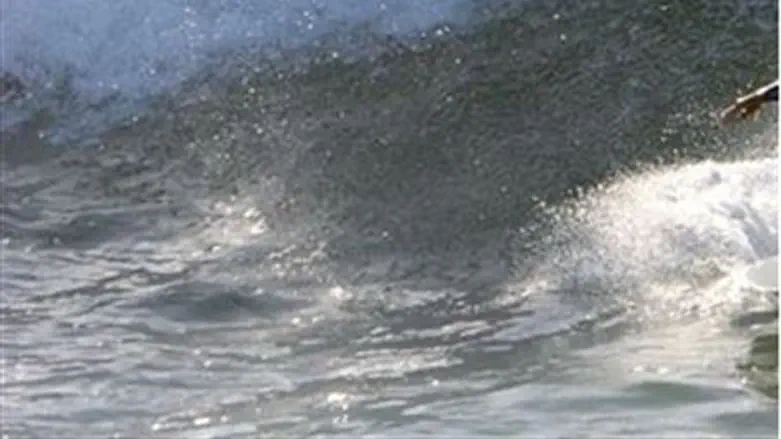
Dr. Beverly Goodman, tsunami and earthquake expert from Haifa University, tells Arutz-7 that tsunamis have hit our region before – and can do so again.
In fact, Goodman related, tsunamis of varying strengths have hit what is now Israel on an average of more than once every two centuries – 13 of them in the past 2.5 millennia. “In the eastern Mediterranean,” she said, “tsunamis hit Greece in 1956, on a smaller scale, and Turkey in 1999.” Official estimates were that some 17,000 people died in the earthquake-caused Turkey tsunami.
Tsunamis are sometimes caused by ocean earthquakes, as occurred now in Japan and a few years ago in Thailand, but could also be caused by volcanoes or even asteroids. “In general,” Goodman said, “they involve a very tremendous volume of water that is moved at once.”
It has been noted that army trucks carrying water to distant bases are not permitted to travel with their tanks half-full, because the strong “waves” within the tanks can sway the trucks off-course.
“The height of the tsunami wave is not the determining factor,” according to Goodman. “A regular wave can be even five meters high, and we even had one that was 14 meters… The main thing of a tsunami is its very large wavelength, which is what gives it its tremendous power.” The reference is not to the horizontal length parallel to the coastline, but to the crest-to-crest distance, perpendicular to the coastline. While regular wind waves have a wavelength of about 100 meters, a tsunami’s wavelength can reach 200 kilometers (120 miles) or more. Tsunamis are often not noticed until they reach shallower water, where the powerful waves reach tremendous heights and then engulf the coastline and further inland.
“In the area of Ceasaria alone,” Goodman said, referring to the Israeli-Mediterranean coastal town south of Haifa, “we know of three tsunamis in recent centuries, including one 900 years ago."
And what can be done about them? As in the rest of the world, hardly anything. “We can try to identify one in advance – and then not remain on the shore, but rather warn people and have them run to high spots. Efforts have been made of late to prepare electronic warning systems, and it is likely that within a few years such systems will be ready for use in various places around the world."